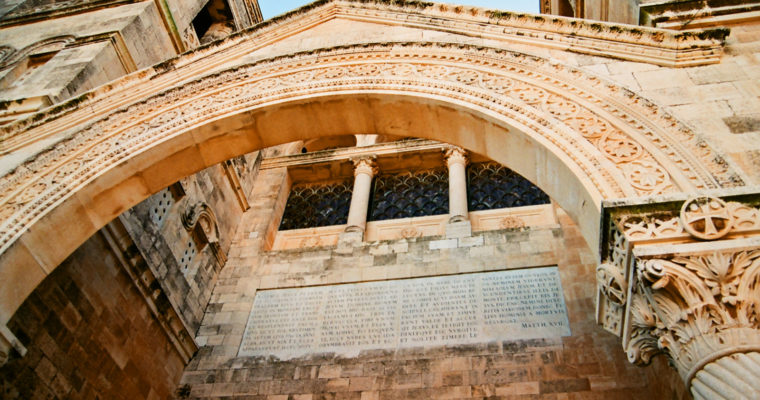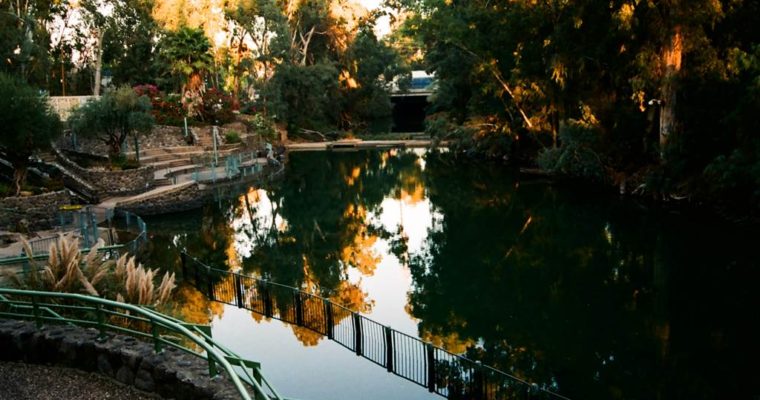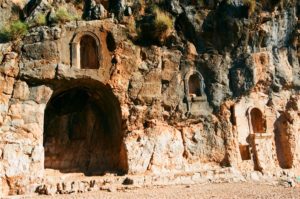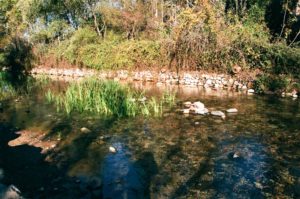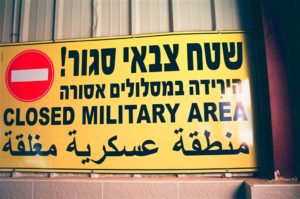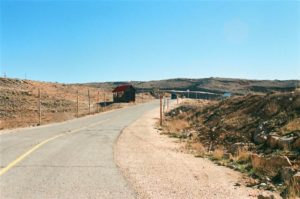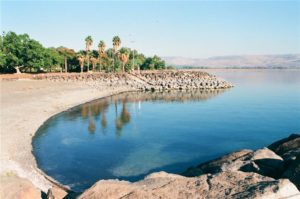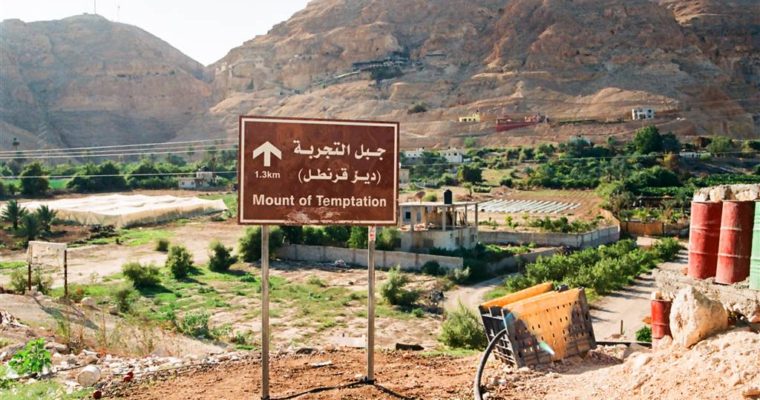Due to the historic influence by the Romans and the Greeks in this area, my Latin learning in Ovid has prepared me for this trip in unexpected ways. The Temple of Pan was one such example. Like other ruins, the Temple of Pan (Banias as the Arabs had no “p” in their pronunciation) used to be a thriving civilization. The grotto was a site of pagan worship as Pan is the half-human, half-goat rustic god that plays the reed pipe in Greek mythology. Now there is a hiker trail in the area that, given another visit, I would very much love to do.
Mount Hermon would be the coldest site we visited on this trip. Being the highest mountain in Israel, Mount Hermon has streams flowing from the depths of its height throughout the land of milk and honey. The three springs at the foot of the mountain form the Dan, Hermon (Banias) and Senir tributaries, which are the headwaters of the Jordan River.[1] The river then flows throughout Israel to end at the Dead Sea.
The lift up the mountain was, strictly speaking, for the skiers. It should not be called a cable car. The ride to the mountaintop took ten minutes. I watched as we ascended with my feet dangling in the air. There was no cover on the lift and I was glad I brought my ear muffs.
Once at the top we saw a sign denoting that we had entered a military zone. There was a military vehicle coming out from the ranges. I wondered what military zone it was.
We first gathered to read the memorial tablet describing the six-day war in 1973 between the Israelis and the Syrians over the Golan Heights. The Israeli won and seized this part of Mount Hermon, which bore high strategic value. This would be the part that hovers over the Sea of Galilee, which is a main source of fresh water in Israel even now. It goes without saying that, because water from Hermon form the three original streams that flow to Jordan River, there is need to safeguard this strategic locale as well.
The tour guide then told us that this “military zone” means the border with Syria. That excited me more so than Mount Hermon’s Biblical significance (Psalm 133). It would be the closest I get to Syria in this life.
Lunch at Peter’s Fish brought me an experience that harkened back to the New Testament times and remained well alive in Israel today. The Bible records only one instance where Jesus cooked. He grilled fish for the disciples after his resurrection (John 21). There were a few choices available at the restaurant and I opted for the barbecued fish. I ate happily and at the same time savored the view of Galilee and its shore.
The Galilee and its town Tiberia was my favorite place in Israel. Both stood witness to Jesus’ miracles and ministry. Their authenticity is not being questioned, unlike many of the other religious sites in the area. The Galilee lived up to its name as a fresh water lake. There was a certain quality of calm and quiet. Being surrounded by the Golan Heights, the Galilee seemed bound and tamed. It was almost unimaginable that once there were storms, which Jesus calmed (Matthew 8; Mark 4; Luke 8).
As a lifeline for Israel, the Galilee supplied 40% of the fresh water that the Israelis consumed. Upon hearing that, an image appeared in my mind, of Galilee turned into a dry, fissure land. A drought withered life away from the water that was standing pristine and content before me. It would be a nightmare, I thought then. At a later time, our translator told me that the Muslims had a prophecy, “the day that the Galilee runs dry, it would be the beginning of the end of time.”
[1] See the Wikipedia entry on the area known as Caesaria Philippi and mentioned as such in the New Testament.

